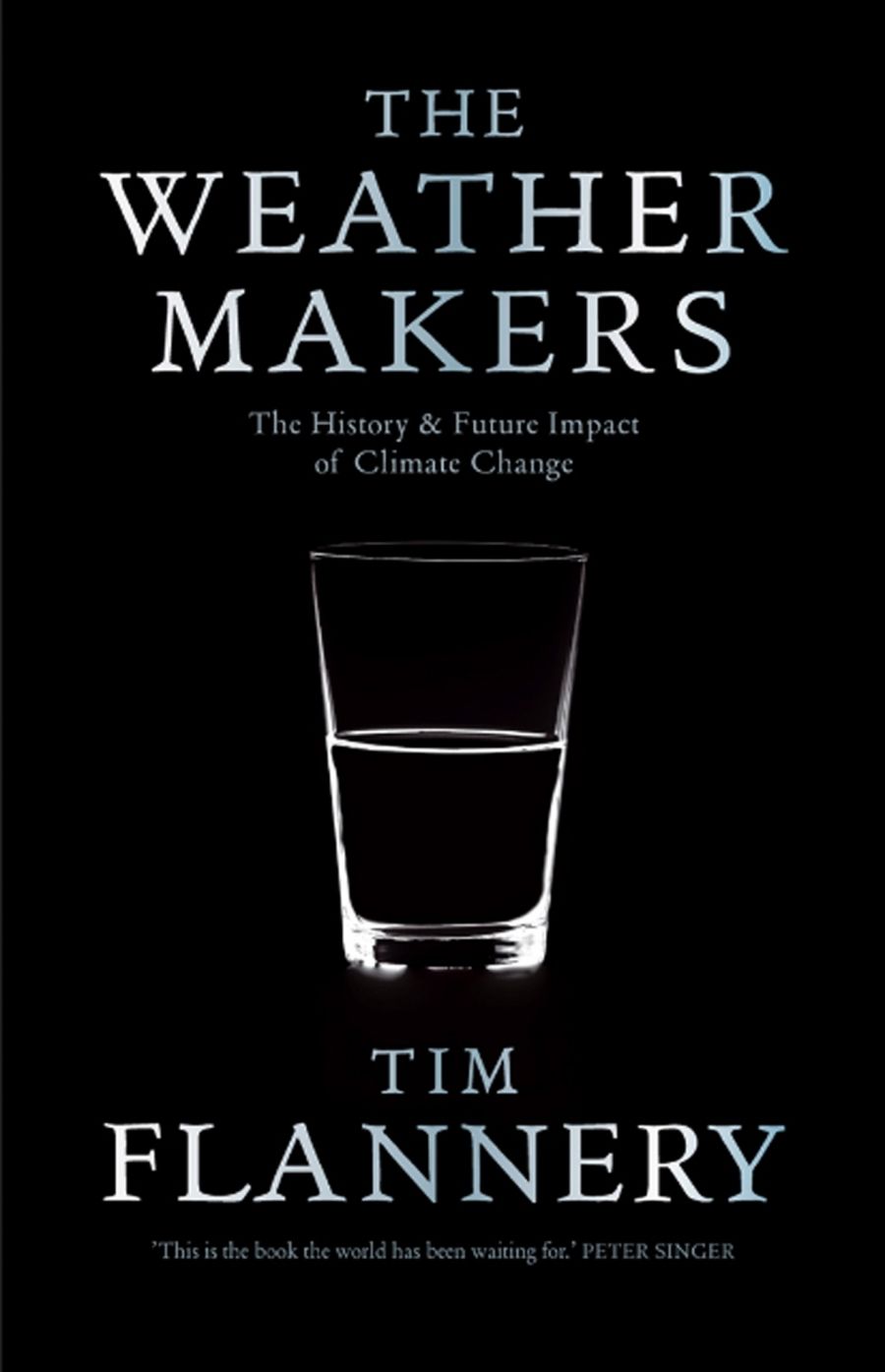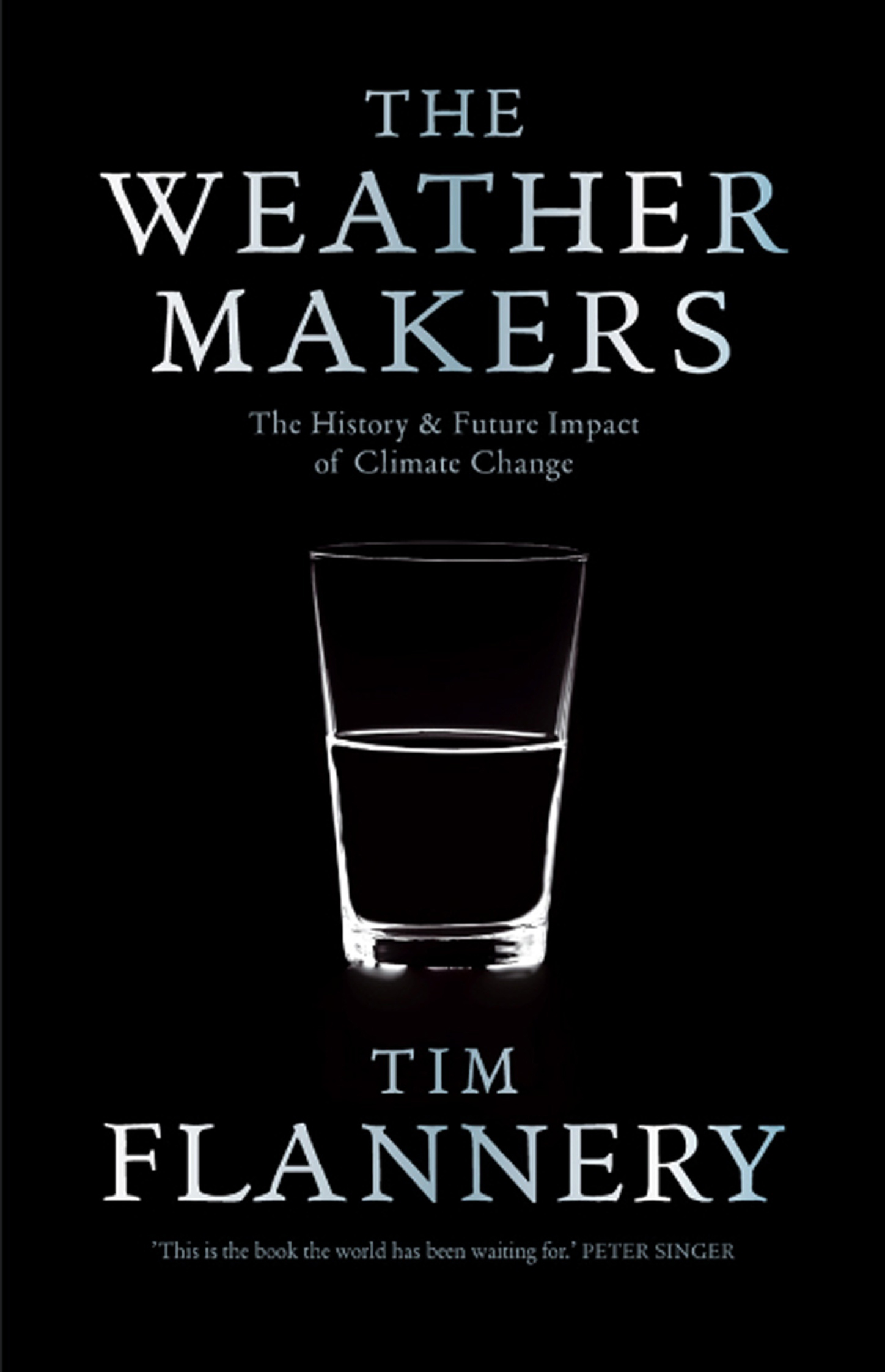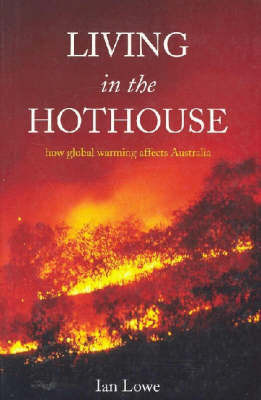
- Free Article: No
- Contents Category: Climate Change
- Review Article: Yes
- Article Title: Nothing but us
- Online Only: No
- Custom Highlight Text:
The former co-chair of scientific assessment for the UN’s Intergovernmental Panel on Climate Change (IPCC), John Houghton, declared in 2003 that global warming is a weapon of mass destruction that is at least as dangerous as chemical, biological or nuclear weapons and, indeed, terrorism. It is therefore no small irony that two prominent members of the ‘coalition of the willing’ and the world’s two highest per capita carbon emitters – the US and Australia – should choose to devote so many resources to eradicating conventional WMDs, yet do so little to address global warming. Australia’s stance on climate change is logic-defying, unprincipled and lacking in remorse. The Howard government has refused to ratify the Kyoto Protocol because of the short-term economic costs to Australia, but it claims that Australia will seek to meet its Kyoto target anyway. But Australia’s Kyoto target is so generous relative to other developed countries that it does not have to do much to meet it.
- Book 1 Title: The Weather Makers
- Book 1 Subtitle: The history and future impact of climate change
- Book 1 Biblio: Text, $32.95 pb, 332 pp, 1920885846
- Book 1 Cover Small (400 x 600):

- Book 1 Cover (800 x 1200):

- Book 2 Title: Living In The Hothouse
- Book 2 Subtitle: How global warming affects Australia
- Book 2 Biblio: Scribe, $26.95 pb, 322 pp, 1920769412
- Book 2 Cover Small (400 x 600):

- Book 2 Cover (800 x 1200):

Against this political backdrop, Tim Flannery’s The Weather Makers and Ian Lowe’s Living in the Hothouse are particularly timely. The general idea of global warming has been popularised in Australia since the late 1980s, but many people still have only a dim appreciation of the complexity of the science, of the extraordinary scope and variability of the impacts, and of the consequences for human society and the environment. Both books render these issues accessible to a lay audience and make the case for a transition to a post-carbon economy urgent and compelling. They show that, if greenhouse gas emissions continue, the world will face mass extinctions, water, energy and food scarcity, the loss of reefs through coral bleaching, rising sea levels, coastal and infrastructural damage, and human death and suffering resulting from a growing incidence of ‘extreme weather’.
Tim Flannery and Ian Lowe are two very different personalities, with different preoccupations. Flannery, director of the South Australian Museum and author of the best-seller The Future Eaters (1994), offers a flamboyant, Big Picture approach to understanding climate change. He walks the reader through the earth’s climatic see-sawing up to and including the new geological period known as the Anthropocene, which dawned approximately 200 years ago with the Industrial Revolution and the beginning of significant human influences on the world’s climate. Flannery’s warning is that this may prove to be the shortest geological period on record. In his bestseller The End of Nature (1990), Bill McKibben singled out global warming as the most momentous and disturbing environmental problem confronting humankind because we have not only changed the weather but also rendered extinct the idea of nature as something eternal and separate from us: ‘We have deprived nature of its independence, and that is fatal to its meaning. Nature’s independence is its meaning; without it there is nothing but us.’ The Weather Makers turns McKibben’s metaphysical revelation on its head in a book that could have been metaphorically titled The End of Us. For Flannery, human-induced global warming will bring about not the end of nature but rather the end of everything that is worthy of humanity. Nature will continue, as it always does, but in a form that is deeply inhospitable to human civilisation. Hurricane Katrina has provided but a glimpse of this loss of humanity, particularly towards impoverished and marginalised social classes – the lumpen-uninsured.
The Weather Makers is science journalism at its best. It is engagingly written and replete with eloquent analogies that make complex scientific ideas readily digestible. It is also somewhat of a roller-coaster reading experience, with unpredictable twists and dives from chapter to chapter, and no clear sense of direction, at least in the early phase of the journey. The ride moves, inevitably, from science to politics and ends with a call for action that is disappointingly lame in view of all that has gone before. Despite offering a damning political indictment of the propaganda wars of Big Oil and Big Coal (which, Flannery suggests, have taken the place of the tobacco and asbestos industries), the book ends with a chapter entitled ‘Over to You’ – a DIY manual on how individuals can reduce their carbon emissions. While Flannery is right, in principle, in arguing that, if each of us reduced our individual emissions by seventy per cent, we could save the planet, this is a politically naïve, voluntarist approach that John Howard would doubtless welcome as consistent with his government’s emphasis on the importance of individual choice. Well-meaning individual efforts by the ‘carbon-conscious’ middle class, which can afford cleaner technologies, will most certainly help, but such actions are no substitute for collective political agitation and mobilisation (nationally and internationally) to change social structures and economic incentives that perpetuate carbon-intensive production and consumption. Flannery’s great strength is science, not politics.
Whereas The Weather Makers offers a Big Picture story addressed to an international audience (albeit with an Australian slant), Living in the Hothouse is directly pitched to an Australian audience and offers a more fine-grained analysis of climate-change science and policy in the Australian context. It also provides a detailed analysis of the likely impact of climate change in Australia that makes sobering reading, particularly for agencies responsible for water supply in southern Australia, farmers, operators of ski resorts, tourist operators on the Great Barrier Reef, anyone seeking to buy or insure coastal property and all those concerned about our endangered fauna and flora. Lowe’s Living in the Hothouse – a sequel to his Living in the Greenhouse (1989) – also offers a critical overview of Australia’s policy response to climate change that shows (surprise, surprise) that we have gone backwards rather than forwards since the election of the Howard government in 1996. As a scientist, environmental policy practitioner and president of the Australian Conservation Foundation, Lowe has intimate knowledge of climate change policy in Australia, and draws heavily on his extensive personal involvement in federal, state and local government committees and taskforces. Whereas Flannery’s prose is impassioned and occasionally dazzling, Lowe’s is more like a measured after-dinner speech, peppered with personal anecdotes and his characteristic dry wit.
One niggling feature of both books is the authors’ evasiveness on the looming nuclear question. While clearly acknowledging the dangers of nuclear energy (stockpiles of radioactive waste that lasts for tens of thousands of years; and the security risks associated with the increasing availability of enriched uranium suitable for nuclear weapons), both authors shy away from clearly spelling out their own position, preferring instead to survey the arguments and to leave it to readers to judge. Lowe’s general assessment is that the Australian public would probably not accept nuclear power, while Flannery’s is that it would not be economic. Flannery, in particular, seems to leave the door open to nuclear energy, as if we must one day choose the lesser of two evils. But if we accept John Houghton’s analogy, it makes no sense to forsake one WMD only to replace it with something that leads to the proliferation of another.
Australia is now part of what Lowe has dubbed the ‘axis of environmental irresponsibility’ in refusing to face up to its international responsibilities. As the Australian delegation prepares for Montreal, we must give three cheers for Flannery and Lowe – two of our national ecological assets – for keeping the Australian public informed about what is at stake in global warming.


Comments powered by CComment